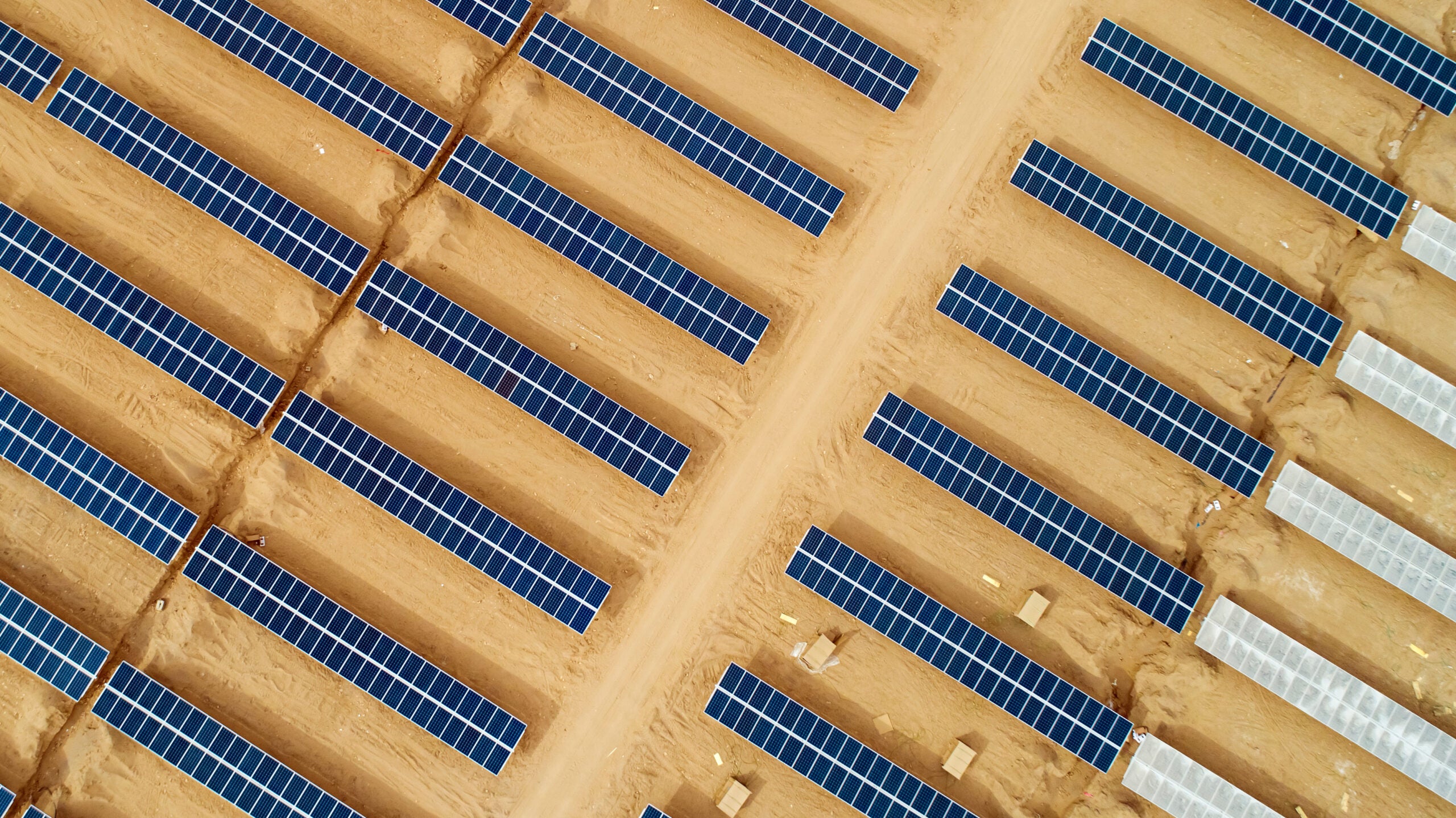The US Bureau of Ocean Energy Management (BOEM) is set to begin an environmental review of the proposed Revolution Wind project offshore from Rhode Island.
The agency issued a notice of intent (NOI) to prepare an environmental impact statement (EIS) for the project’s construction and operations plan (COP).
This opens a 30-day public comment period, during which BOEM will hold three virtual public scoping meetings and take comments to inform the EIS’s preparation.
BOEM director Amanda Lefton said: “Public input plays an essential role in identifying and mitigating any potential impacts from proposed energy development activities.
“BOEM is committed to ensuring that any future offshore wind development is done safely, responsibly and with the benefit of feedback from critical stakeholders.”
If approved, the Revolution Wind project will allow a wind energy facility to be built offshore Rhode Island and Massachusetts, with a total capacity of between 704MW and 880MW.
The project, expected to be commissioned in 2023, is being jointly developed by Eversource Energy and Ørsted.
It is expected to generate enough electrical power to meet the needs of around 270,000 average US households a year, as well as offsetting around six million tonnes of greenhouse gas emissions a year.
According to the plan, the project will be located in federal waters around 17.4 nautical miles south of Rhode Island.
It will require a total of 100 turbines, up to two offshore substations and up to two export cables.
The export cable would make landfall at Quonset Point in North Kingstown, Rhode Island, and be connected to the electric transmission system through the existing Davisville Substation.




